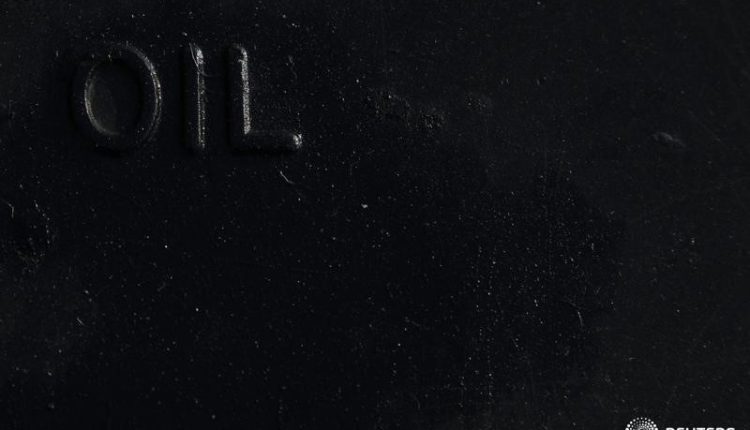© Reuters. FILE PHOTO: Oil rigs are seen at Vaca Muerta shale oil and gas drilling, in the Patagonian province of Neuquen, Argentina January 21, 2019. REUTERS/Agustin Marcarian/File Photo
By Natalie Grover
LONDON (Reuters) -Oil was on track for a third weekly gain as supply tightness spearheaded by Saudi Arabian production cuts combines with optimism that the Chinese economy is finally turning a corner.
Oil prices were little changed at 1149 GMT. futures gained 37 cents to $94.07 a barrel while West Texas Intermediate (WTI) was up 43 cents at $90.59.
Both benchmarks were up about 4% on the week.
Saudi Arabia, boosted by OPEC+ partner Russia, this month extended 1.3 million barrels per day (bpd) of combined cuts to the end of the year, accelerating a drawdown in global inventories.
The supply concerns have pushed the Brent and WTI benchmarks to their highest levels since November.
China, the world’s biggest oil importer, is considered crucial to oil demand growth over the rest of the year. Its economy’s sluggish post-pandemic recovery has raised demand concerns, but industrial output and retail sales grew at a faster than expected rate in August.
Data on Friday also showed oil refinery processing rose by nearly a fifth from a year earlier as processors kept run rates high to capitalise on high global demand for oil products.
A brightening picture on borrowing costs is also emerging.
Though U.S. headline inflation rose in August, the core figure moderated, foreshadowing a possible pause in interest rate hikes by the Federal Reserve next week. However, the U.S. central bank is likely leave the door open for a possible final increase in November.
The European Central Bank implemented a tenth consecutive increase this week but implied that it was likely to stop there. On Friday, however, it another hike was not off the table.
“Betting on oil is becoming a favourite trade on Wall Street. No one is doubting the OPEC+ (oil output) decision at the end of last month will keep the oil market very tight in the fourth quarter,” said OANDA analyst Edward Moya.
Read the full article here

